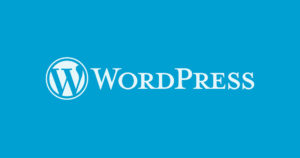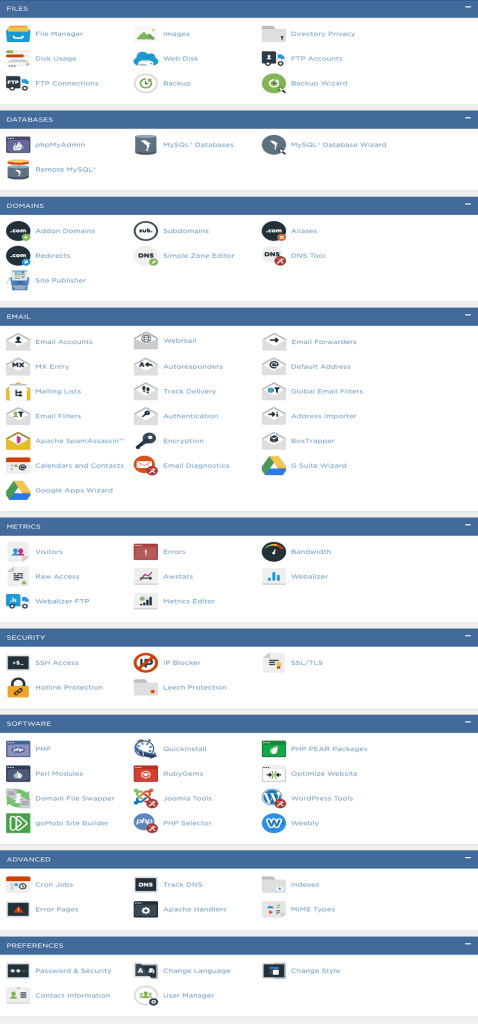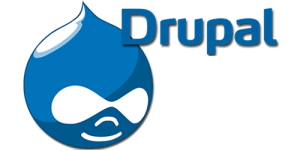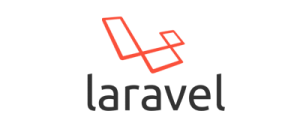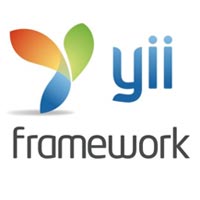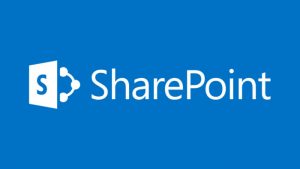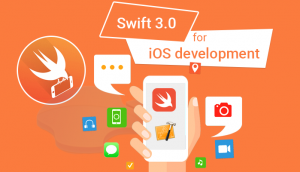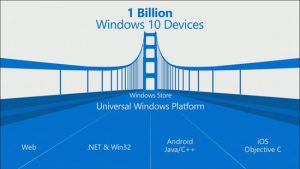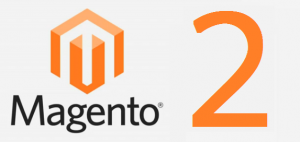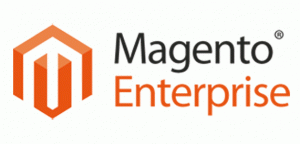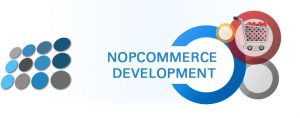
Diving into the world of online advertising is complicated. For example, Google AdWords is easy to pick up, but hard to master. In this article, we’re going to talk about the service and teach you how to set up your first campaign. We’ll also show you three ways to make sure you get the most for your investment.
An Introduction to Google AdWords
Billions of people use Google products every day, with the eponymous search engine being most popular. However, you may not know that Google makes most of its money from advertising. Each time you perform a search, you’ll see ads related to the keywords you looked for. Ads can also be published on other sites that are part of the Google Display Network (such as YouTube).
Because Google handles billions of searches daily, there’s plenty of money to made from including ads within results. If you want to advertise using Google, you’ll need to do it through their AdWords platform, which enables you to ‘bid’ on specific keywords. If your bid is high enough, your ad will appear when people look for those terms.
In practice, the process is a bit more complicated. For example, you can pay for either ‘impressions’ or ‘clicks’. The former is often cheaper (since you aren’t guaranteed any clicks), but the latter can be much more efficient for well-optimized ads.
However, there are a lot more features to unpack here on top of simple ad publishing. For example, AdWords enables you to A/B test your advertisements, track their performance using Google Analytics, cap how much money you want to spend on each campaign, and more. Mastering this functionality is key if you want to make your money count.
Key Features:
- Lets you create ad campaigns that target specific keywords, through a bidding system.
- Gives you the ability to publish ads throughout the entire Google Display Network.
- Provides performance tracking via AdWords’ built-in tools or Google Analytics.
- Includes split testing for your campaigns.
Price: AdWords offers a flexible pricing structure | More Information
How to Use Google AdWords (A Quick Overview)
To begin, you’ll need both a Google account and to sign up for AdWords specifically. While AdWords Express enables you to advertise without a site, most will want to sign up for the ‘traditional’ version. Once you’re logged in, you’ll get access to the AdWords dashboard:
When selecting a new territory, AdWords will tell you how many people you can reach within it. For example, if you target the United States, you can reach over 250 million users. Depending on what you’re promoting, you may want to narrow your targeting to smaller locales, but that’s up to you. Next up, you’ll need to choose how much money you want to spend each day on average, and which delivery method to use:
Next, scroll down to the Bidding section and choose whether you want to focus on clicks or other goal types.
Finally, you’ll be able to set a start and end date for your campaign, as well as choose which ‘audiences’ you want to target. This lets you target specific subsets of Google users depending on their interests, by choosing from an extensive list of options:
AdWords will ask you to review your ad one final time, and if you return to your dashboard, it should be active. Congratulations, you just created your first AdWords campaign!












